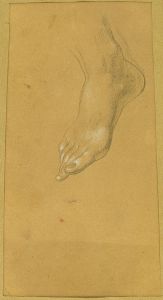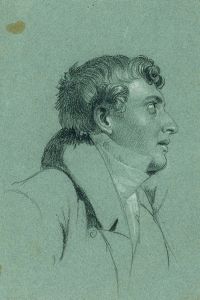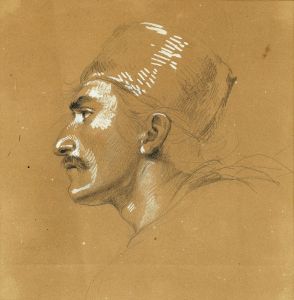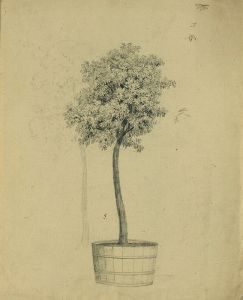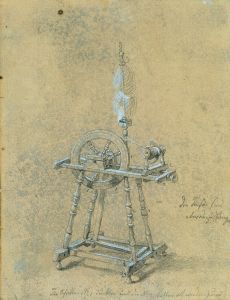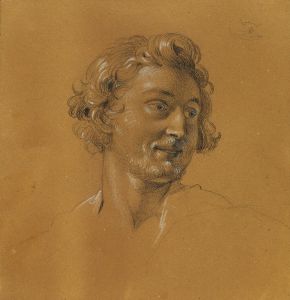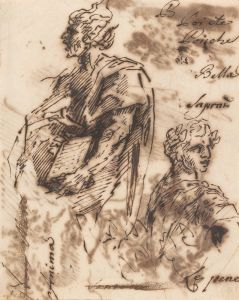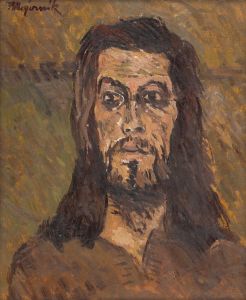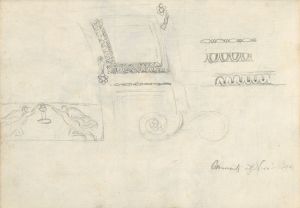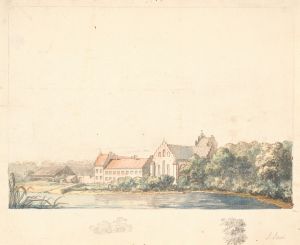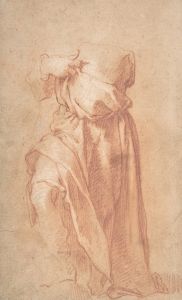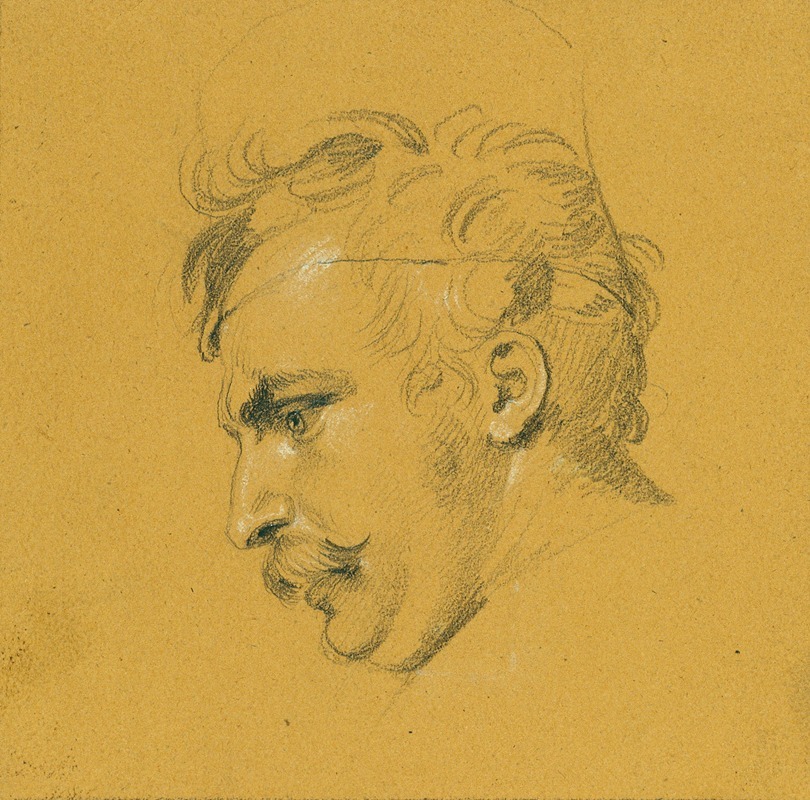
Porträtstudie zum ‘Ausfall Nikolaus Zrinys vor der Festung Szigeth’
A hand-painted replica of Johann Peter Krafft’s masterpiece Porträtstudie zum ‘Ausfall Nikolaus Zrinys vor der Festung Szigeth’, meticulously crafted by professional artists to capture the true essence of the original. Each piece is created with museum-quality canvas and rare mineral pigments, carefully painted by experienced artists with delicate brushstrokes and rich, layered colors to perfectly recreate the texture of the original artwork. Unlike machine-printed reproductions, this hand-painted version brings the painting to life, infused with the artist’s emotions and skill in every stroke. Whether for personal collection or home decoration, it instantly elevates the artistic atmosphere of any space.
Johann Peter Krafft's Porträtstudie zum ‘Ausfall Nikolaus Zrinys vor der Festung Szigeth’ is a preparatory portrait study created by the Austrian painter as part of his work on the larger historical painting Ausfall des Nikolaus Graf Zrinyi aus der belagerten Festung Szigetvár (The Sortie of Count Nikolaus Zrinyi from the Besieged Fortress of Szigetvár). Krafft, known for his contributions to historical and portrait painting in the 19th century, was commissioned to depict significant moments from European history, and this particular work focuses on the heroic actions of Nikolaus Zrinyi (Miklós Zrínyi), a 16th-century Croatian-Hungarian nobleman and military leader.
The study serves as a preparatory work for the final painting, which commemorates the Siege of Szigetvár in 1566. During this siege, Zrinyi led a valiant but ultimately doomed defense against the Ottoman forces under Sultan Suleiman the Magnificent. The event is celebrated in Hungarian and Croatian history as a symbol of resistance and sacrifice. Krafft's study likely focuses on capturing the likeness or character of one of the figures involved in the scene, possibly Zrinyi himself or another key participant in the historical event.
Krafft's approach to historical painting was deeply influenced by the Romantic movement, which emphasized dramatic, emotional, and heroic themes. His works often combined meticulous historical research with artistic imagination to bring historical events to life. The Porträtstudie reflects his dedication to detail and his effort to humanize the figures in his larger compositions.
The exact date of the Porträtstudie is not definitively documented, but it was likely created during the early 19th century, around the time Krafft was actively producing historical works. The final painting, Ausfall des Nikolaus Graf Zrinyi aus der belagerten Festung Szigetvár, was completed in 1825 and is considered one of Krafft's most significant contributions to historical art.
The study itself is an example of Krafft's skill in portraiture, showcasing his ability to capture the personality and emotion of his subjects. While the final painting is housed in the Hungarian National Museum in Budapest, the location of the Porträtstudie is less widely documented, and it may reside in a private collection or another institution.
Krafft's work, including this study, remains an important part of 19th-century European art, reflecting the era's fascination with national history and heroic narratives. His paintings continue to be studied for their artistic and historical significance.







